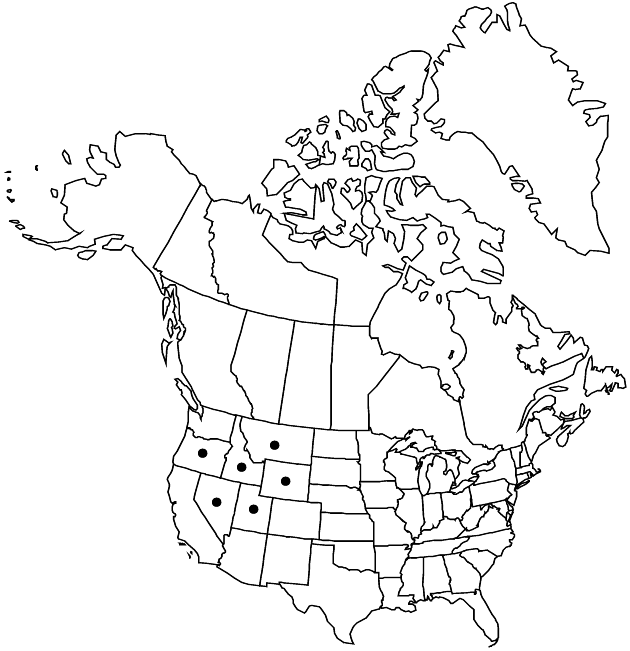Difference between revisions of "Senecio sphaerocephalus"
Pittonia 3: 106. 1896.
Endemic
Synonyms: Senecio altus Rydberg Senecio latus Rydberg Senecio lugens var. hookeri D. C. Eaton
imported>Volume Importer |
imported>Volume Importer |
||
| Line 61: | Line 61: | ||
|publication year=1896 | |publication year=1896 | ||
|special status=Endemic | |special status=Endemic | ||
| − | |source xml=https:// | + | |source xml=https://bitbucket.org/aafc-mbb/fna-data-curation/src/2e0870ddd59836b60bcf96646a41e87ea5a5943a/coarse_grained_fna_xml/V19-20-21/V20_1228.xml |
|tribe=Asteraceae tribe Senecioneae | |tribe=Asteraceae tribe Senecioneae | ||
|genus=Senecio | |genus=Senecio | ||
Latest revision as of 19:59, 5 November 2020
Perennials, (30–)40–80 cm (rhizomes stout). Herbage tomentose, unevenly glabrescent. Stems single. Leaves reduced distally; petiolate; blades oblanceolate to elliptic, 4–12× 1–4 cm, bases tapered, margins weakly dentate or denticulate (denticles callous; mid leaves similar, smaller; distal leaves bractlike). Heads (3–)5–24 in corymbiform arrays. Calyculi of 1–5 bractlets (longest 2–3 mm). Phyllaries (± 13) ± 21, 3–7 mm, tips black or brownish. Ray florets ± 13; corolla laminae 6–10 mm. Cypselae usually hairy, sometimes glabrous. 2n = 40.
Phenology: Flowering spring–early summer.
Habitat: Open meadows, especially in coniferous associations
Elevation: 1000–1800 m
Distribution

Idaho, Mont., Nev., Oreg., Utah, Wyo.
Discussion
Selected References
None.
Lower Taxa
None.